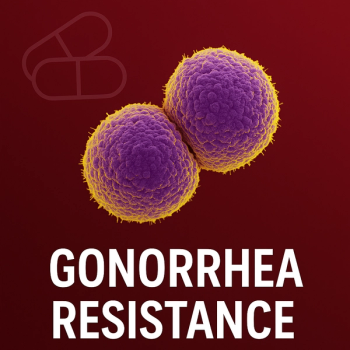
National Youth HIV/AIDS Awareness Day: Education is Key to Stopping HIV
On National Youth HIV/AIDS Awareness Day we take a closer look at how the HIV/AIDS epidemic impacts younger individuals and what can be done to cut back on new diagnoses.
National Youth HIV & AIDS Awareness Day is observed annually on April 10, as a day dedicated to not only recognizing how the HIV/AIDS epidemic impacts younger individuals, but also what can be done to cut back on the number of younger individuals who are diagnosed each year.
The Centers for Disease Control and Prevention (CDC)
According to the CDC, HIV testing is particularly low in youth who are between the ages of 13 and 24, compared with other age groups. In fact, only 10% of sexually-active high school students in the United States have ever been tested for the virus. Even more troubling is the fact that of the 60,900 younger individuals who were living with HIV in 2013, about half (51%) had not even received diagnosis; according to the CDC, that is “the highest rate of undiagnosed HIV in any age group.” Furthermore, out of all age groups, this group is the “least likely” to be linked with the care that they need, perhaps due to the lack of testing.
How can health care providers get more individuals tested? The answer may lie in
"Just making it a normal part of routine care, just like testing for cholesterol or testing for diabetes, or other things that patients are expecting [may be key]," she said. "If we’re all testing for HIV in all of our patients, that’s what patients will start to expect, and it won’t be an anomaly for them. And if folks decline, I think I would explore very carefully why they’re declining, because more than likely they’re declining because they have some kind of internalized stigmatized beliefs about HIV that maybe you can help them to work through to get an HIV test."
There are several
Another challenge is that teenagers are engaging in
The
The fear surrounding the social consequences of a positive HIV test can deter individuals from getting tested; fear of disclosing their status to a sexual partner or that suggesting the use of a condom might cause their partner to reject them could prevent individuals from practicing safer behaviors, and stigma surrounding HIV and homosexuality make it difficult to make prevention programs more accessible to those who need them most, as many community venues such as churches, businesses, jails, and schools have resisted their incorporation.
So, what can be done to overcome these obstacles? The answer lies first and foremost in strengthening and broadening educational efforts.
In-school education is key when it comes to promoting HIV
To this end, the CDC have partnered up with several state and local education agencies to:
- Deliver HIV, STD, and pregnancy prevention programs grounded in the latest research
- Select effective health education curricula
- Build local capacity to connect students to school-based and school-linked health services
- Engage parents to promote a positive school environment that’s safe and supportive for all students
By working together to start educational discussions and encourage testing of all age groups, we can break the stigma and get a leg-up in the fight against HIV.
Newsletter
Stay ahead of emerging infectious disease threats with expert insights and breaking research. Subscribe now to get updates delivered straight to your inbox.



























































































































































































































































































